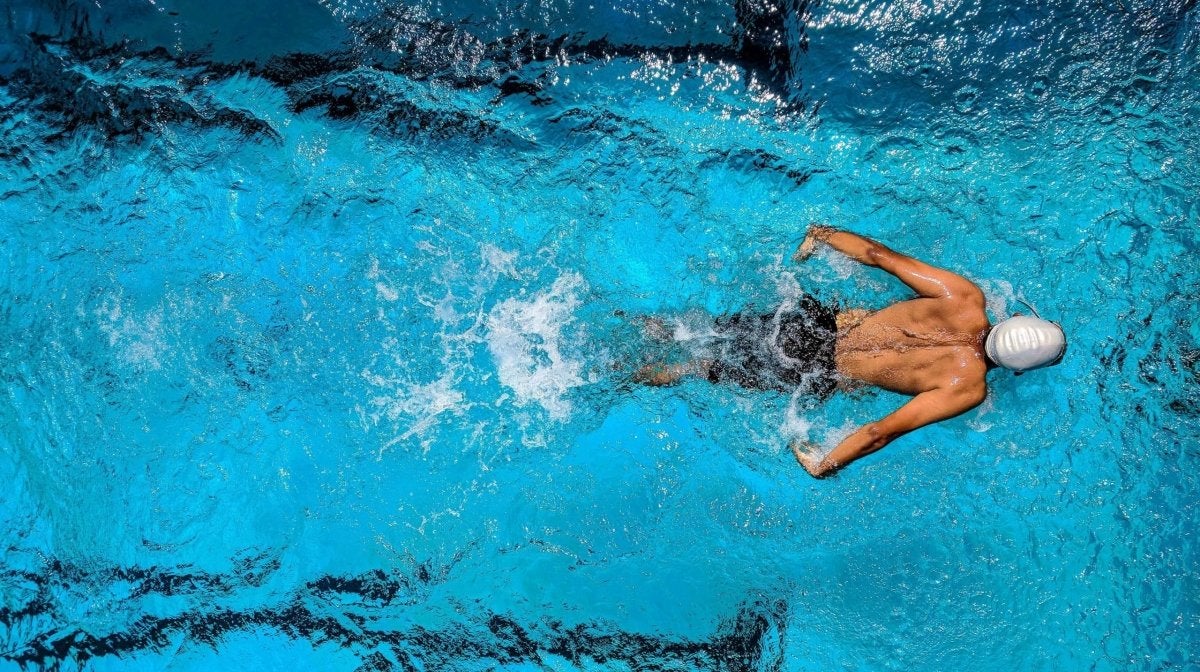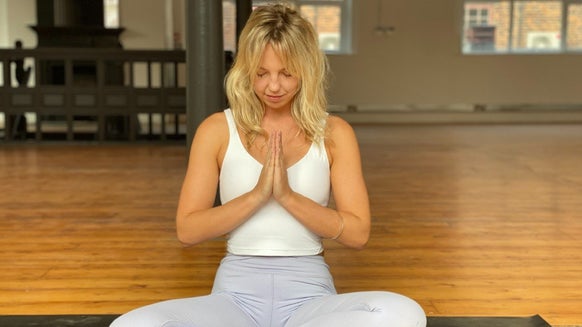Running Or Swimming | The Most Beneficial Exercise

Written by Jack Boardman
Running vs. Swimming
Land versus water: it’s a polarising argument, with each claiming theirs is the way forward for health and fitness.
Let’s start on the fence: both have their strengths when it comes to cardiovascular exercise and healthy weight loss. Both exercise several muscle groups at once and increase your heart rate, assisting in your overall cardiovascular health. An often overlooked perk of physical exercise is the positive effect it has on your mental health and, with a routine, how it can help you to manage your stress levels.
When it comes to equipment and availability, running surely has the upper hand. Unless you have a full-length pool, clean river or seafront available, you’re a little more limited in your options for a pool. And let’s face it, the average public swimming pool comes with the obstacles of other users who might not all be as focussed on getting their lengths in as you are. You can run anywhere, even the city, save for a few more pedestrians than you’ll get in the countryside. For when it’s raining or the outside isn’t appealing, there’s always treadmills and indoor tracks.

As a workout for your muscles, each work the lower body, abdomen and arms. For your upper body, running does provide your shoulders and abs with a high-intensity workout, but in terms of resistance, swimming is better for building upper body strength. This is because, in terms of resistance training, moving through water creates more resistance than the wind when running. This is one of the factors that contributes to how many calories you burn, and with swimming, the water resistance is constant.
Because of the impact of running, your glutes, hamstrings, quadriceps and calves are put harder to work and are used for the explosiveness of each stride. Your legs and lower abdomen get the better workout from running, but swimming is arguably the better overall workout for your muscles as you hit all the major muscle groups at once whether you like it or not without the same risk of injury caused by the impact of running.
That’s the muscles, but what about the joints? If you’re recovering from an injury or suffer from any kind of issues like stiff joints, weak knees, dodgy ankles or hip problems, swimming wins. This is due to the impact caused by running. Repetitive strain is more common among runners. Whereas there is an increased risk of a bone fracture with running, it increases your bone mineral density.

Both swimming and running are known to be good for weight loss, but which is the best?
You can burn off roughly 350 calories during a vigorous, intense 30-minute swim. If you run at seven miles an hour, you can burn around 700 calories, which means there is a better opportunity for weight loss with running. It may be argued that because swimming requires more effort from your muscles that this is the most effective if limited to 30 minutes, but with running you have more variables to work with to get the most out of that half hour including the speed you run and the level of incline.

In conclusion, if you’re looking for weight loss, leg strengthening and higher intensity, running is the answer. For anyone trying to avoid the impact, looking for an upper body workout, or have been weightlifting, swimming is your best bet for the cardio gains with none of the trouble to your joints.







